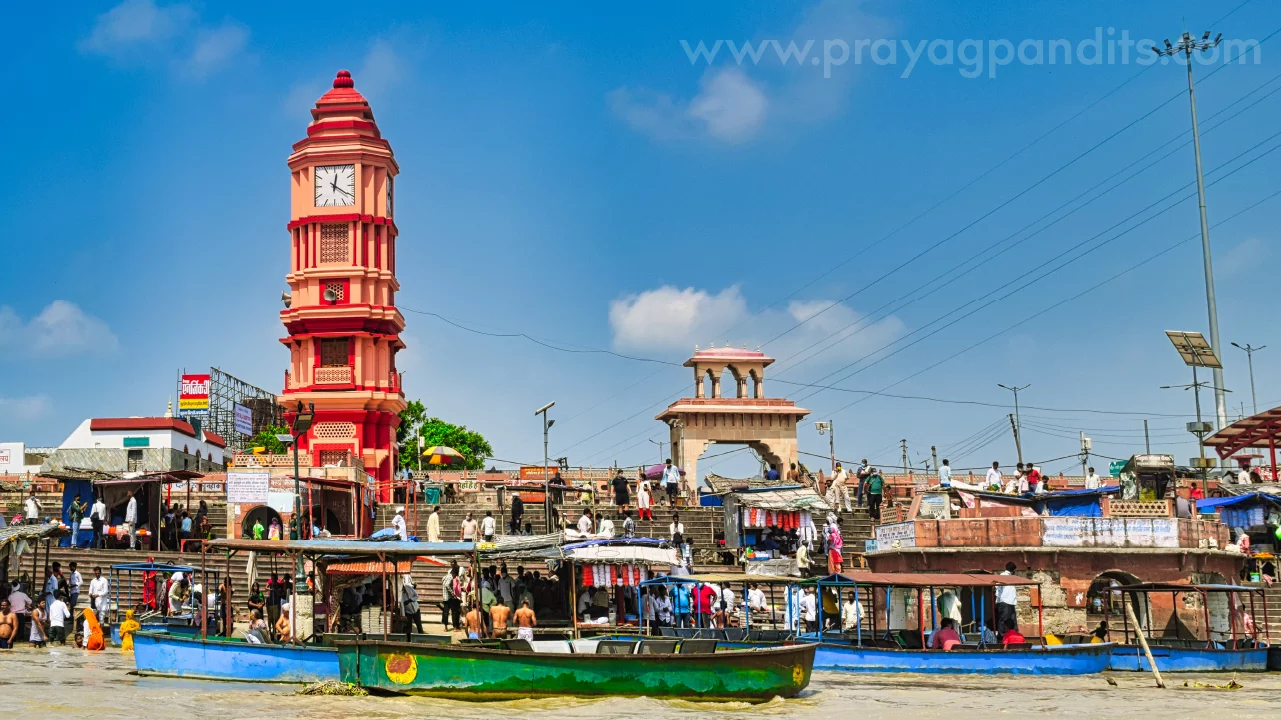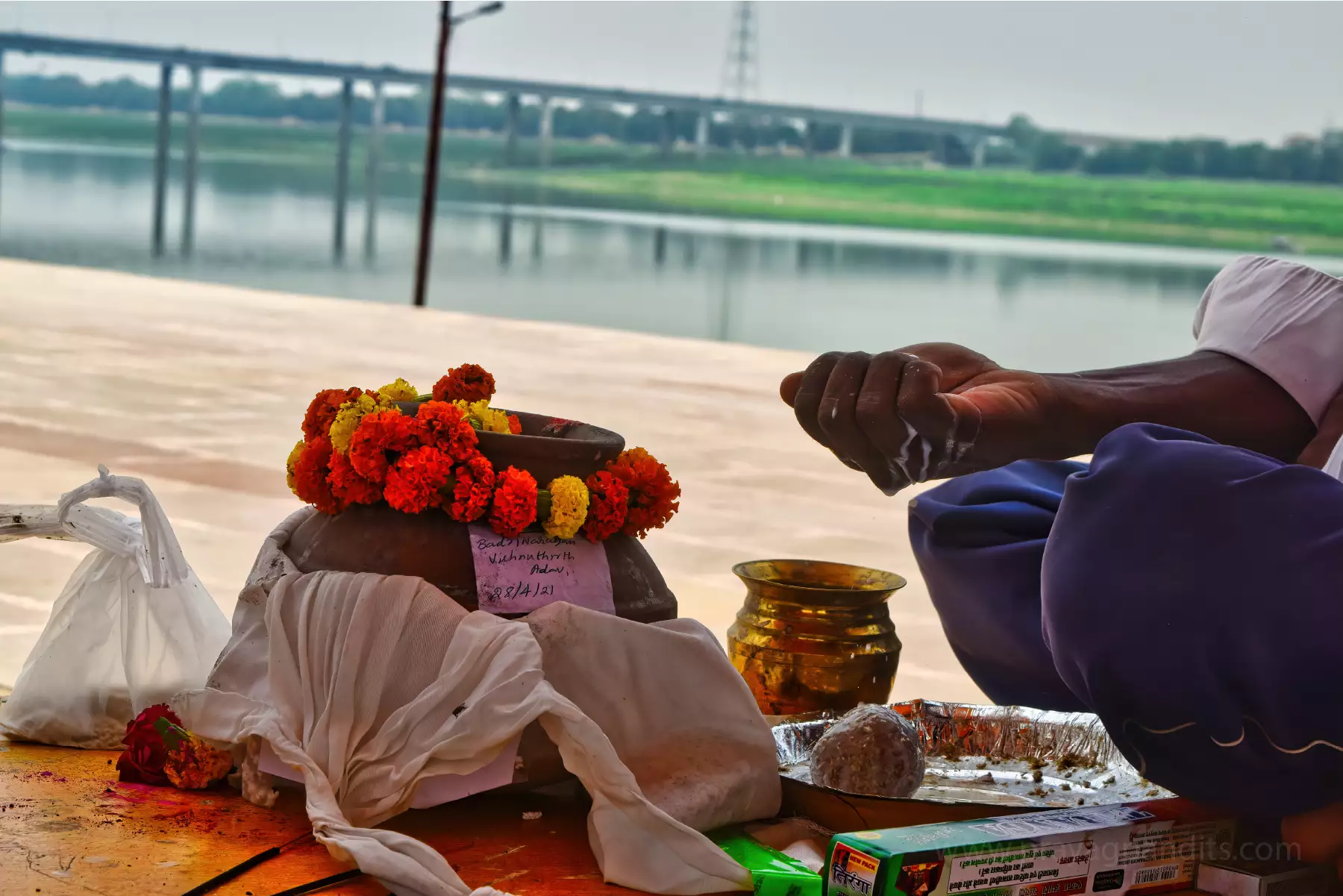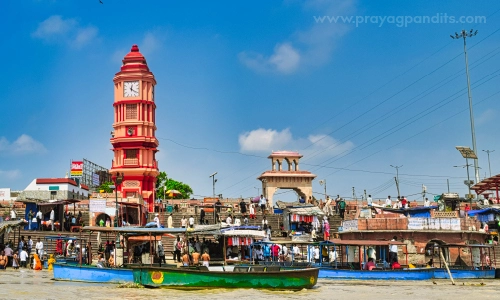Garhmukteshwar – Intro
Garhmukteshwar has a long and illustrious history that predates the Common Era. According to ancient Hindu literature such as the Mahabharata and the Bhagavata Purana, Garhmukteshwar has constructed thousands of years ago, when the Hastinapur Kingdom dominated the land. As a reason, it’s regarded to be an old part of Hastinapur, the Pandavas’ capital.
If you’ve been bitten by the history bug and wish to travel through time, Garhmukteshwar is the place to visit. It’s roughly 120 kilometres from Delhi, the capital of India.

Because of the establishment of Shiv Temple and being the centre of the great Vallabh Dynasty, the place got its name as Shivallabhpur which is mentioned in Shiva Purana.
The devotees of Lord Vishnu, Jai and Vijay got cursed by Narad Muni. They visited many religious places but couldn’t attain Moksha, they came to Shivallabhur and prayed to Lord Shiva. Lord Shiva appeared in front of them and freed them from the curse so that they could attain Moksha. This is the reason why this place is called Garh (devotee) Mukteshwar (attain Moksha).
One should visit this place with the ashes of the departed soul so that they can attain Moksha.
The Ganga river banks are ideal locations in town for a few moments of relaxation. The presence of calm waters, a serene ambience, and divine surroundings all contribute to a relaxing experience for guests. These ghats are also excellent places to meditate and reflect. Would you call your vacation to Garhmukteshwar successful and memorable if you didn’t take in the splendour of its river ghats?
There are also roughly 80 Sati pillars in and around the town right now.
Well, this isn’t something you’ll find all over India. Have you ever heard of the Sati Pillars?
If not, let us explain that these stones were placed to commemorate the women who committed Sati, a Hindu practice in which a widow immolates herself soon after her husband’s death. These stones contain information about those women. If you’ve never seen something like it, you should go to Garhmukteshwar and explore the Sati Pillars.
Wouldn’t it be amazing if you could acquire the blessings of Hindu gods and goddesses and have your dreams come true?

You can schedule a tour of Garhmukteshwar if you have never been to a small town or hamlet in India and have never experienced country life. You can mingle with the locals and explore the best of rural life in contrast to witnessing historical and religious attractions. You can also learn about their culture and traditions in their native condition.
Garh mela is also one of the reasons one should visit Garh Mukhteshwar. The fair lasts for a whole week.
This ‘Mela’ or fair has 5000 years of history. After the battle of Mahabharat, Yudhistir, Arjun and Lord Krishna felt a lot of guilt as thousands of people were killed including family members, friends and even foes.
Their souls were not at peace. To do that, they all indulged in a very hefty discussion. They all started searching for solutions in various Vedas, Puranas. At last, the Yogis and scholars led by Lord Krishna himself decided to host a Yagya and with all the required rituals at Khandvi Forest (present-day Garh Mukhteshwar), where the Shiva temple is located.
Till that day, people visit here with the ashes of departed souls for asthi visarjan and also for Pind Daan.

On the day of Kartiki Shulk Ashtmi, one should take a dip here in Ganga and worship the cow at the banks for the peace of the departed soul.
Bathing in the Ganges on Kartik Purnima is very rewarding. Taking a dip on this occasion gets rid of sorrows. This notion has been going on for centuries.

